Social media is full of stunning backyard inspiration, from dreamy fire pits to elaborate water features—but not every idea that looks good online holds up in real life. Many of these trendy designs come with hidden drawbacks, from high maintenance requirements to poor functionality in certain climates. What seems like a picture-perfect upgrade can quickly turn into a costly, frustrating mistake once exposed to real-world conditions. Before committing to a backyard makeover, check out these 12 popular ideas that often fail to live up to their online appeal.
1. Brightly Colored Mulch
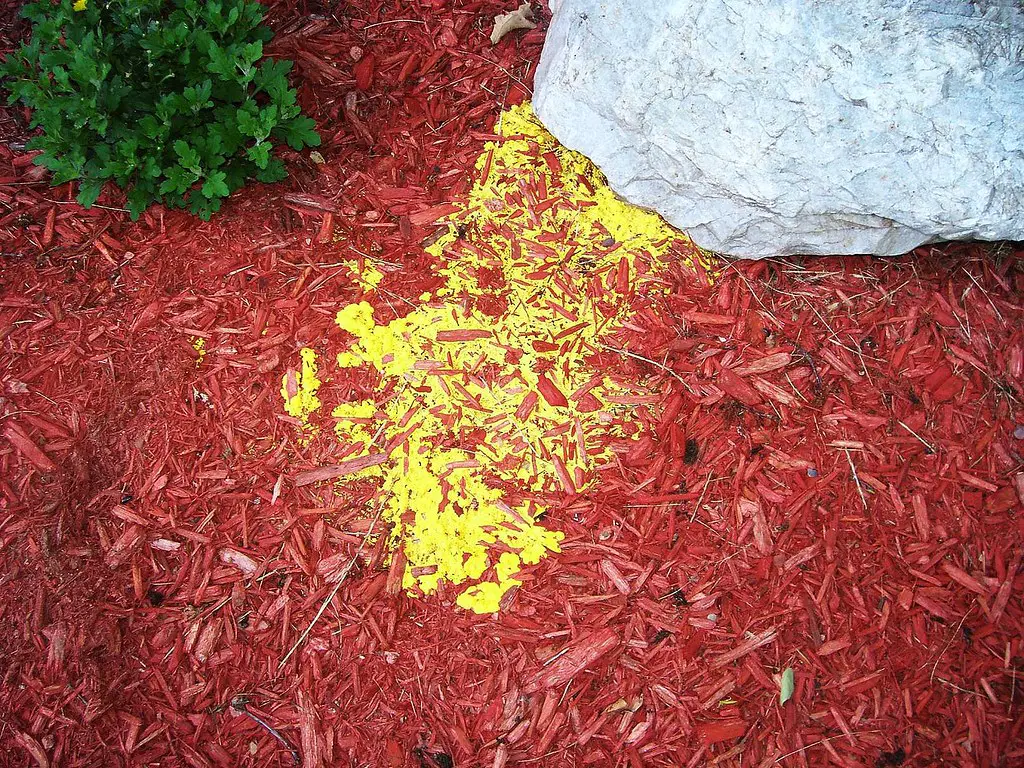
For years, homeowners used brightly colored mulch—often in shades of red or blue—to make their garden beds pop. It was marketed as a way to add vibrancy to landscaping while helping with weed control and moisture retention. However, many now consider these unnatural hues an eyesore rather than an enhancement, says The Spruce. The artificial dyes can leach into the soil, potentially harming plants and disrupting the natural ecosystem.
The trend has shifted toward natural mulch materials like shredded bark, wood chips, or even pea gravel. These options not only look more refined but also break down naturally, enriching the soil over time. Modern landscaping emphasizes a more organic, understated look that blends with nature rather than standing out. As a result, garish-colored mulch is being phased out in favor of earthier, more sustainable choices.
2. White Vinyl Fencing
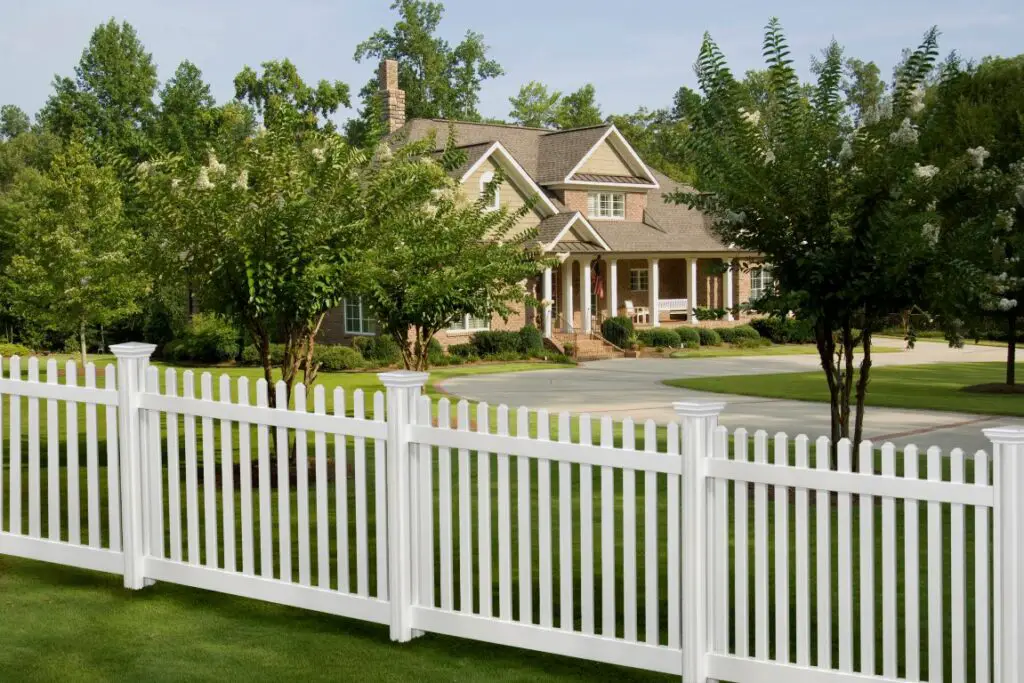
For years, white vinyl fencing was marketed as a low-maintenance alternative to traditional wood fences. It promised durability, weather resistance, and a crisp, clean look that complemented almost any home. However, homeowners quickly realized that vinyl fences tend to discolor over time, becoming dingy or yellowed due to sun exposure. Western Fence Co notes that they can also crack in extreme temperatures, making them less durable than originally advertised.
Many people are now opting for more natural fencing materials like wood, bamboo, or metal, which age more gracefully. Horizontal wood slats and living fences, such as hedges or tall grasses, have become increasingly popular for privacy and aesthetics. As backyard trends shift toward organic, eco-friendly designs, the once-coveted white vinyl fence is fading from favor.
3. Tiki Bars and Themed Outdoor Bars

Tiki bars and tropical-themed backyard bars were once a fun and festive addition to outdoor spaces. Homeowners went all out with bamboo countertops, thatched roofs, and colorful string lights to create an island-inspired escape. While these bars were popular for entertaining, they often felt out of place in non-tropical environments, and can have long-term downsides, says The Furniture Shack.
Over time, the novelty wore off, and the maintenance of these themed structures became more trouble than they were worth. Contemporary outdoor entertaining spaces now favor sleek, modern bar setups with clean lines and neutral tones. Built-in bars with natural stone or wood finishes provide a timeless look that blends with any setting. As backyard aesthetics lean toward understated elegance, over-the-top tiki bars have lost their charm.
4. Oversized Water Features
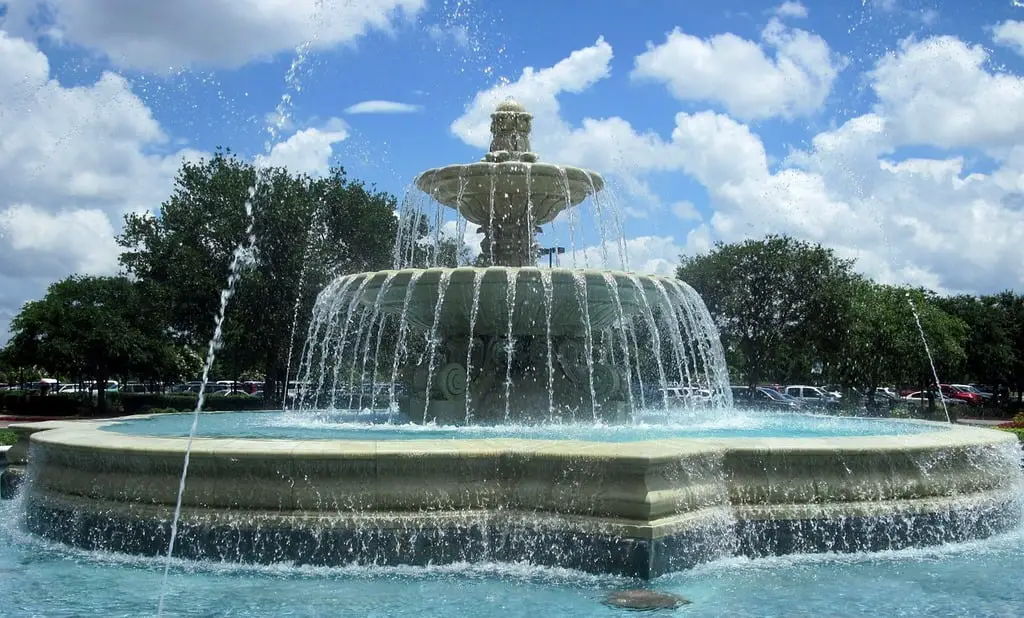
There was a time when large backyard fountains and koi ponds were seen as a sign of luxury. Homeowners invested heavily in elaborate water features, believing they added sophistication and serenity to their outdoor spaces. However, these features are now considered impractical due to high maintenance costs and water waste concerns, according to House Beautiful. Many homeowners are choosing more sustainable landscaping options, such as drought-resistant gardens or minimalist designs.
Additionally, oversized water features can quickly become an eyesore if not properly maintained. Algae buildup, murky water, and broken pumps can turn an elegant pond into a backyard disaster. The trend has shifted toward small, low-maintenance water elements like birdbaths or natural rock fountains. As more homeowners prioritize functionality and simplicity, large, high-maintenance water features are falling out of favor.
5. Gazebos with Heavy Drapes
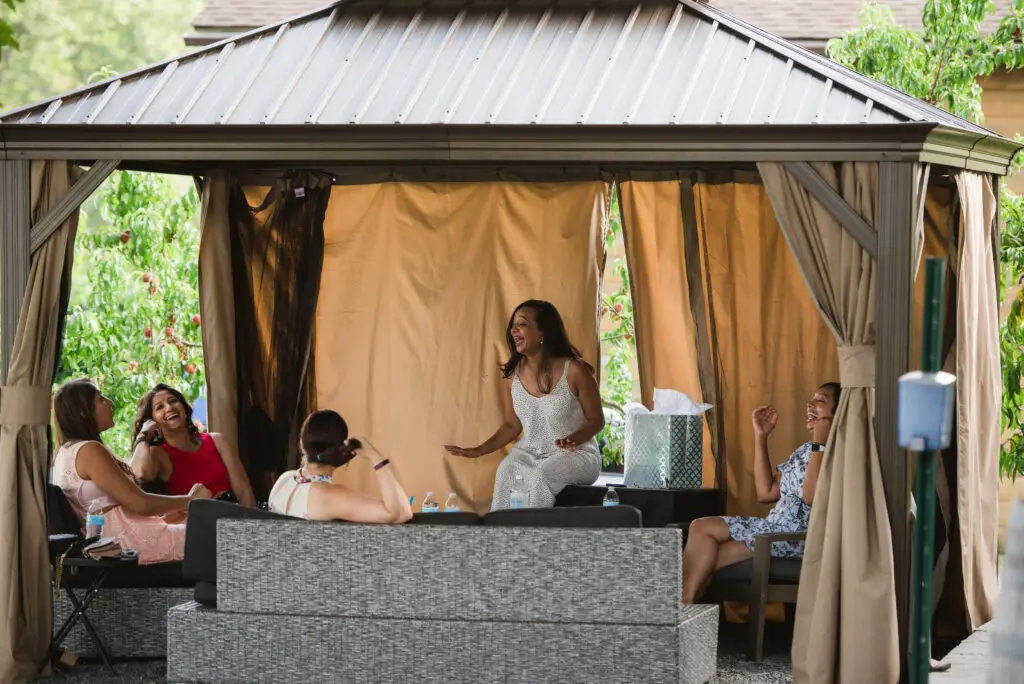
Gazebos were once the ultimate backyard status symbol, offering a shaded retreat for relaxing or entertaining. Many homeowners took this a step further by adding heavy drapes, mosquito netting, and ornate details to create a luxurious outdoor living space. However, these draped gazebos are now viewed as outdated and impractical. The fabric often fades, collects dirt, and becomes a breeding ground for mold and pests.
Modern outdoor design favors open, minimalist pergolas or sleek, covered patios instead. These options provide shade without the maintenance headaches of fabric-covered gazebos. The focus has shifted toward durable, all-weather materials that require little upkeep. As a result, the once-trendy draped gazebos are disappearing from backyards in favor of more functional and stylish alternatives.
6. Plastic Patio Furniture
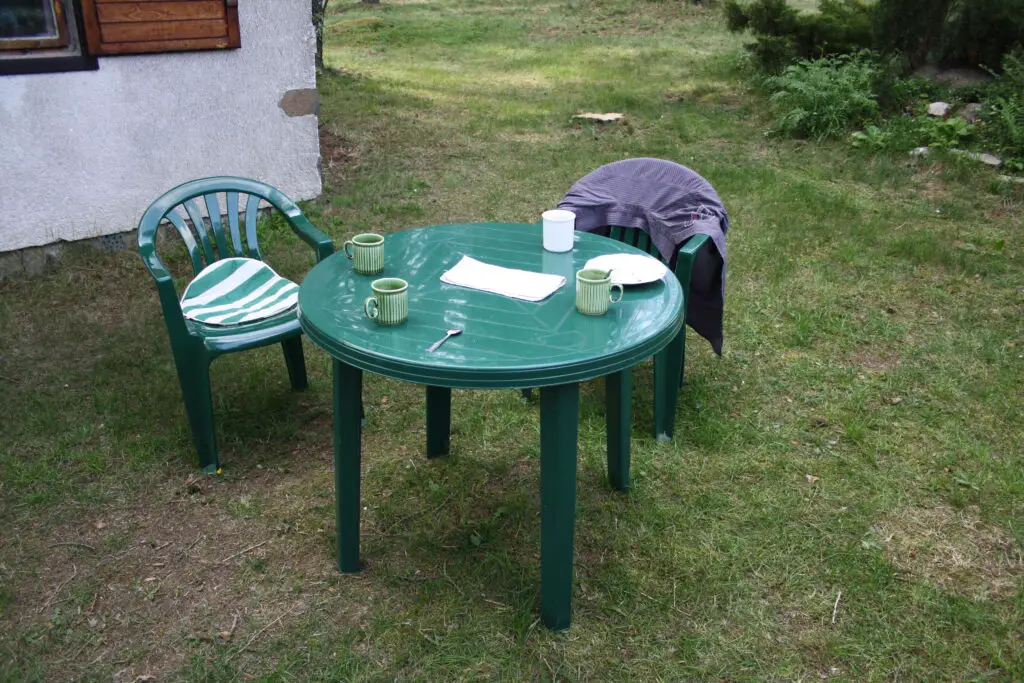
Brightly colored plastic patio furniture was once a staple of suburban backyards, offering an affordable and lightweight seating solution. These sets were often paired with matching umbrellas, creating a cheerful but somewhat artificial-looking outdoor setup. Over time, however, plastic furniture has gained a reputation for being cheap, flimsy, and bad for the environment. Exposure to the elements causes plastic to fade, crack, and become brittle, making it a short-lived investment.
Today’s homeowners are opting for higher-quality, eco-friendly materials like metal, wood, or rattan. These alternatives offer a more polished and durable look that complements modern outdoor aesthetics. Additionally, sustainability concerns have led many to move away from plastic products in favor of more environmentally responsible options. As a result, plastic patio furniture is quickly losing its place in stylish backyards.
7. Built-In Barbecue Islands
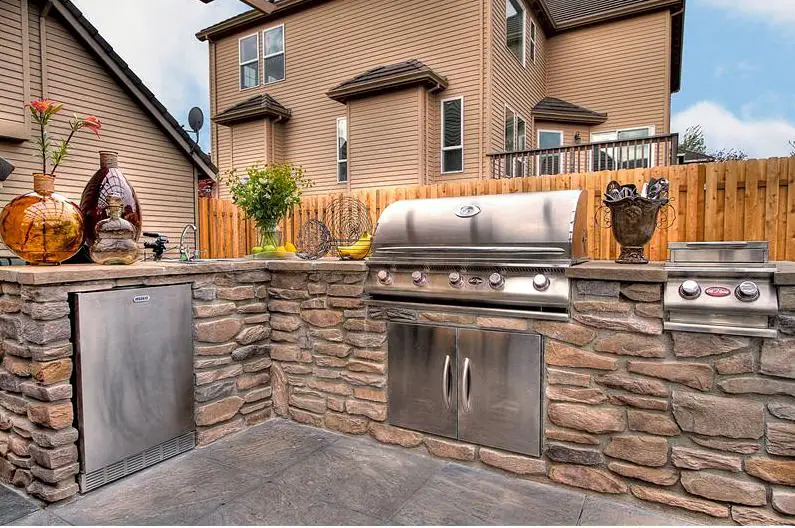
Once a must-have for outdoor entertainers, built-in barbecue islands were designed to create a full-fledged outdoor kitchen experience. They often featured large stainless-steel grills, countertops, and even sinks or mini-fridges. While they seemed like the ultimate luxury, many homeowners now find them impractical and high-maintenance. These structures are expensive to install, difficult to clean, and limit the flexibility of backyard space.
Portable grills and modular outdoor cooking setups have become the preferred choice for modern homeowners. These options offer more versatility and can be upgraded or rearranged as needed. Additionally, built-in units can become outdated quickly as new grilling technology emerges. As people seek convenience and adaptability, built-in barbecue islands are falling out of favor.
8. Lawn Gnomes and Excessive Yard Décor
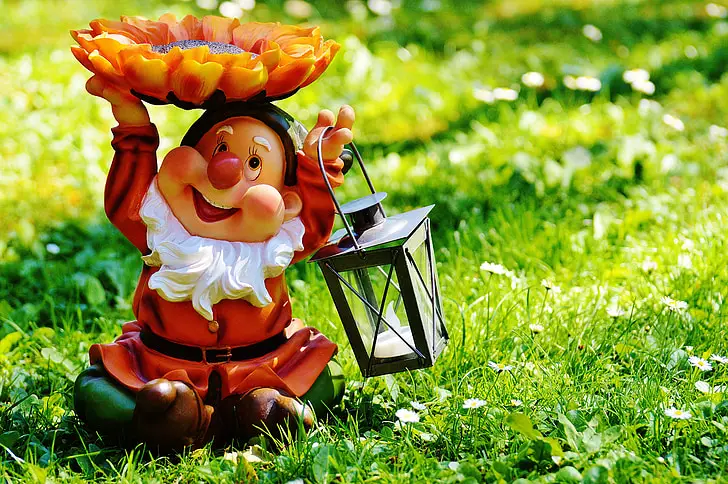
There was a time when quirky lawn ornaments like gnomes, flamingos, and metal wind spinners were seen as a fun way to personalize a backyard. Some homeowners took it to the extreme, covering their lawns with an assortment of decorative pieces. However, today’s landscaping trends favor a cleaner, more minimalist approach. Too many ornaments can make a yard look cluttered and kitschy rather than stylish and inviting.
Instead, homeowners are focusing on natural elements like statement planters, subtle lighting, and well-placed sculptures. Modern outdoor aesthetics lean toward sleek, cohesive designs rather than an overload of trinkets. While a single whimsical piece might still have a place, excessive yard décor is largely viewed as outdated. As a result, once-trendy collections of gnomes and ornaments are being retired in favor of more sophisticated landscaping choices.
9. Fake Rock Landscaping

Artificial rock formations were once a popular way to add texture and depth to a backyard. Homeowners used faux boulders to line flower beds, disguise utility boxes, or create small waterfalls. However, these manufactured rocks are now seen as tacky and unnatural-looking. Over time, they can fade, crack, or simply look out of place against more organic landscaping elements.
Natural stone has become the preferred choice for outdoor design, offering a timeless and authentic look. Homeowners are opting for locally sourced rocks and gravel that blend seamlessly with the surrounding environment. Additionally, sustainability-conscious landscaping encourages the use of real materials rather than synthetic substitutes. As a result, artificial rock features are being phased out in favor of genuine stone elements.
10. Outdoor Carpet
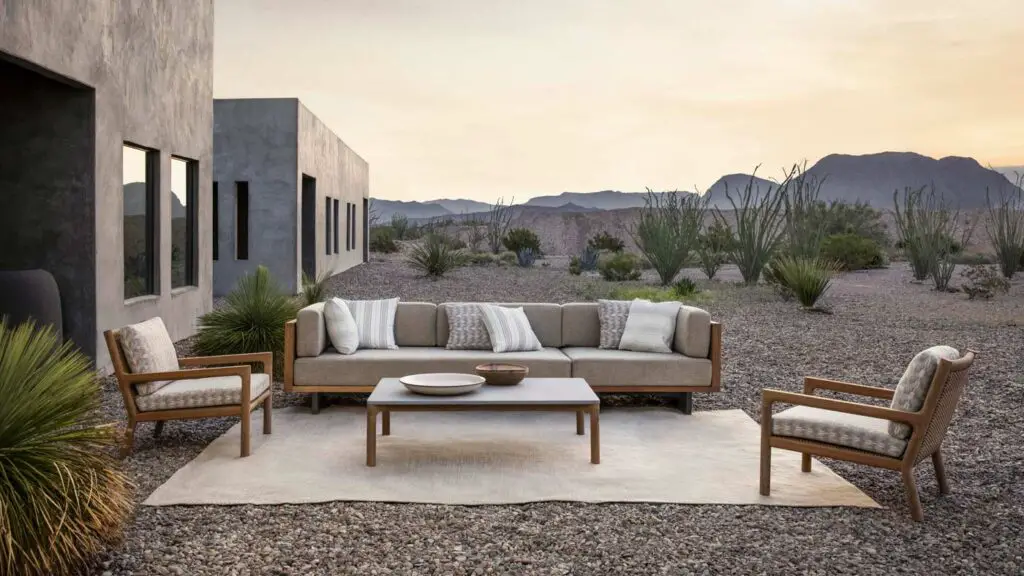
Outdoor carpeting was once a go-to solution for covering patios, decks, and porches. It provided a soft surface underfoot and came in various colors to match different outdoor aesthetics. However, homeowners quickly realized that these carpets were difficult to clean, prone to mold and mildew, and often faded under the sun. Over time, outdoor carpet became more of a maintenance nightmare than a practical flooring choice.
Today, people are opting for natural wood decking, stone pavers, or composite materials that offer durability without the hassle. Modern outdoor rugs made from weather-resistant materials provide a more stylish and functional alternative. As homeowners shift toward materials that age gracefully and require less upkeep, outdoor carpeting has lost its place in contemporary backyard designs.
11. Large Fire Pits with Permanent Seating
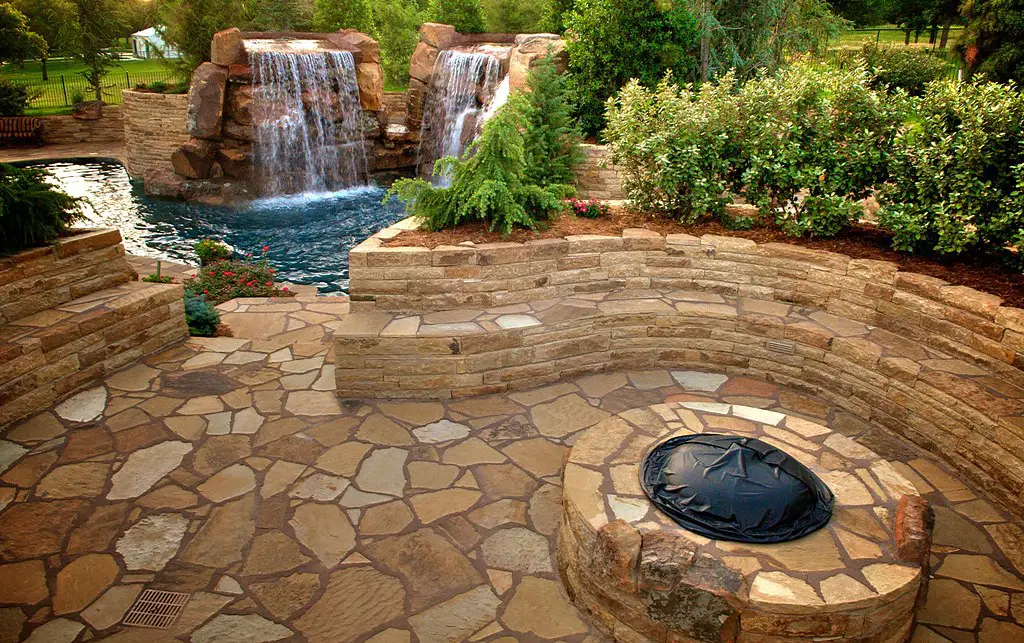
Backyard fire pits became a major trend in outdoor living, with many homeowners installing large, built-in pits surrounded by stone benches. These setups created a cozy, communal atmosphere for gatherings, but their rigid design often proved impractical. Many homeowners found that built-in seating was uncomfortable and limited how the space could be used. Additionally, large fire pits require significant upkeep and can be a safety concern in dry climates.
Modern fire features have moved toward smaller, more flexible options like portable fire tables or sleek gas fire pits. These alternatives provide the same warmth and ambiance but offer more versatility in backyard layouts. With more people valuing multi-purpose outdoor spaces, oversized fire pits with permanent seating have become a thing of the past.
12. Checkerboard or Stamped Concrete Patios
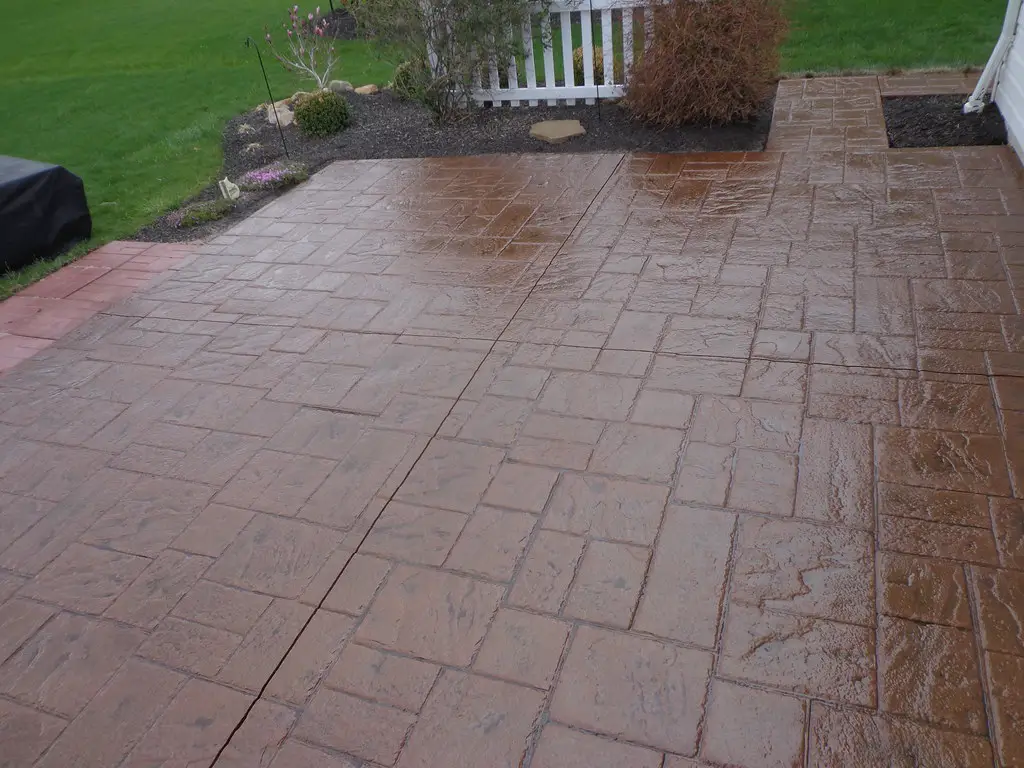
In the past, checkerboard patios and stamped concrete designs were considered stylish ways to add visual interest to outdoor spaces. Homeowners would choose bold color contrasts or intricate patterns to make their patios stand out. However, as tastes evolved, these decorative surfaces started to feel outdated and overly busy. The colors often faded unevenly, and cracks in the concrete disrupted the original designs.
Modern patios favor more natural materials like flagstone, slate, or large-format pavers for a timeless look. Simple, neutral-toned concrete with a smooth or brushed finish has also become a preferred option for those seeking a minimalist aesthetic. As outdoor trends shift toward more organic and subdued designs, highly patterned concrete patios are becoming a thing of the past.
